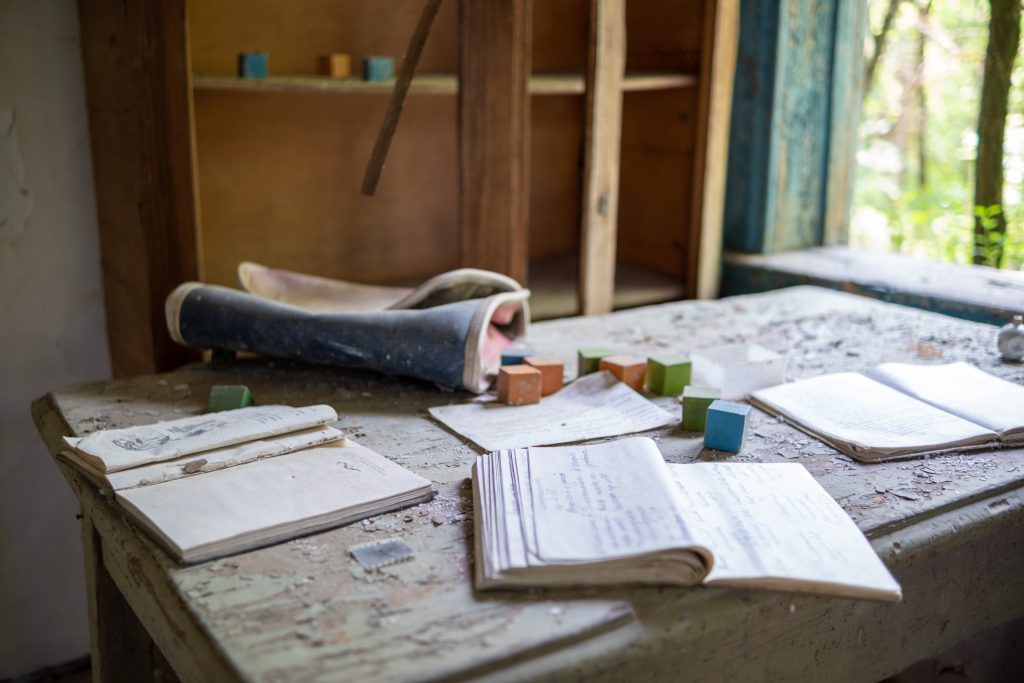
Fixing and flipping real estate—buying properties, renovating them, and selling them for a profit—can be highly profitable if done right. However, it also carries significant risks if not managed properly. As a hard money lender, we see some of our borrowers building thriving businesses and others giving up after their first transaction.
Trust me, the luck of the draw has little to do with it. What sets a successful real estate investor apart is their discipline in following the best strategies for a successful fix-and-flip investment. The good news is that you don’t have to reinvent the wheel or learn by trial and error. We’ve put together a detailed list of these best practices that is thoroughly reality-based. I can attest that ignoring each item on this list can drain your project’s profits. In contrast, paying careful attention to each bullet point will increase your profits and minimize your risk.
Best Fix-and-Flip Investing Practices:
Find the Right Property
Target Undervalued Properties: Look for homes priced below market value, often in need of repair, or located in up-and-coming areas. Off-market properties (properties not listed in MLS) are the holy grail of real estate investing. REO, short sales, and foreclosure auctions can also be great places to find deals. With luck, perseverance, and the right real estate agent, you also have a good chance of finding the right kind of property on the open market. The key is consistency. Keep looking and keep making those offers even when the going gets touch!
Avoid Major Structural Issues: Unless you have experience with large renovations, avoid properties with serious problems like foundation issues, mold, or outdated plumbing and electrical systems. These repairs can quickly eat into your profit. It is especially true for the first-time real estate investors. Stick with cosmetic repairs and move to more complex projects once you gain more experience.
Accurately Estimate After Repair Value
Research Comparable Sales: The ARV is the price your property will fetch after renovation, and it’s critical for determining your potential profit. Find out what similar renovated homes in the area are selling for and make necessary adjustments based on the size and style of your home. Here is how to determine your ARV without a real estate agent.
Be Realistic: Your profit will be based on the numbers determined by the market. There is no room for wishful thinking. Never count on the market appreciation when determining your after-repair value. Use the geographically closest comps you can find to your subject property. Average the highest and lowest comps to arrive at a realistic value.
Control Renovation Costs
Create a Detailed Scope of Work: Have your contractor create a clear, itemized budget for renovations, separating labor and materials. To control costs and ensure the best value and design provide some of the materials yourself.
Focus on High-ROI Improvements: Prioritize renovations that will increase the home’s value the most, such as kitchen and bathroom upgrades, new flooring, and curb appeal (landscaping, exterior painting). Avoid over-customizing, as this can reduce your resale market.
Build a Reliable Team: Work with experienced contractors and suppliers to ensure quality work at a reasonable price. A strong network can help you complete projects faster and on budget.
Keep Track of Your Expenses: Maintain accurate records of your expenses. Devise a system that works for you personally. Throw all the receipts in a box you keep in your car, use an app to scan them in real time, or do weekly accounting.
Manage Risks
Perform Due Diligence: Before purchasing, conduct a thorough inspection to uncover any potential issues that could derail the project.
Get Insurance: Make sure you have adequate property insurance, especially during the renovation process. Builder’s risk insurance can cover issues during construction. Once your renovations are complete, you can switch to a vacant insurance policy.
Maintain Adequate Reserves: Make sure you have enough funds in the bank to meet unanticipated renovation expenses and comfortably cover the carrying costs of owning the property. Such carrying costs include payments on your hard money loan, taxes, insurance, utilities and HOA fees. Read here about the role of reserves in private lending.
Work with a Sense of Urgency
Minimize Holding Time: The longer you hold a property, the more carrying costs eat into your profits. Have a clear plan for completing renovations and listing the property quickly. Use our hard money calculator to see how carrying costs affect your profits.
Price to Sell Quickly: Don’t overprice the property just because you’ve invested a lot in renovations. Price it competitively to sell within a short time frame and minimize holding costs. Consult with your agent and your private lender to determine the best price. Also, refer to the after-repair value appraisal conducted during the underwriting of your loan.
Ensure the Best Presentation: Ensure the property is staged and photographed well to appeal to buyers. A well-presented home can sell faster and for a higher price.
By following these time-test fix-and-flip strategies, you can increase the chances of a successful transaction while managing risks effectively. Since Washington, DC is a hot real estate market, it’s particularly important to do thorough research and move quickly to capitalize on the best opportunities. Let us know if you’d like more specifics on any of these strategies! Our experienced underwriters can be reach at 240-436-2340.
 New Funding Resources
New Funding Resources 





Leave a Reply